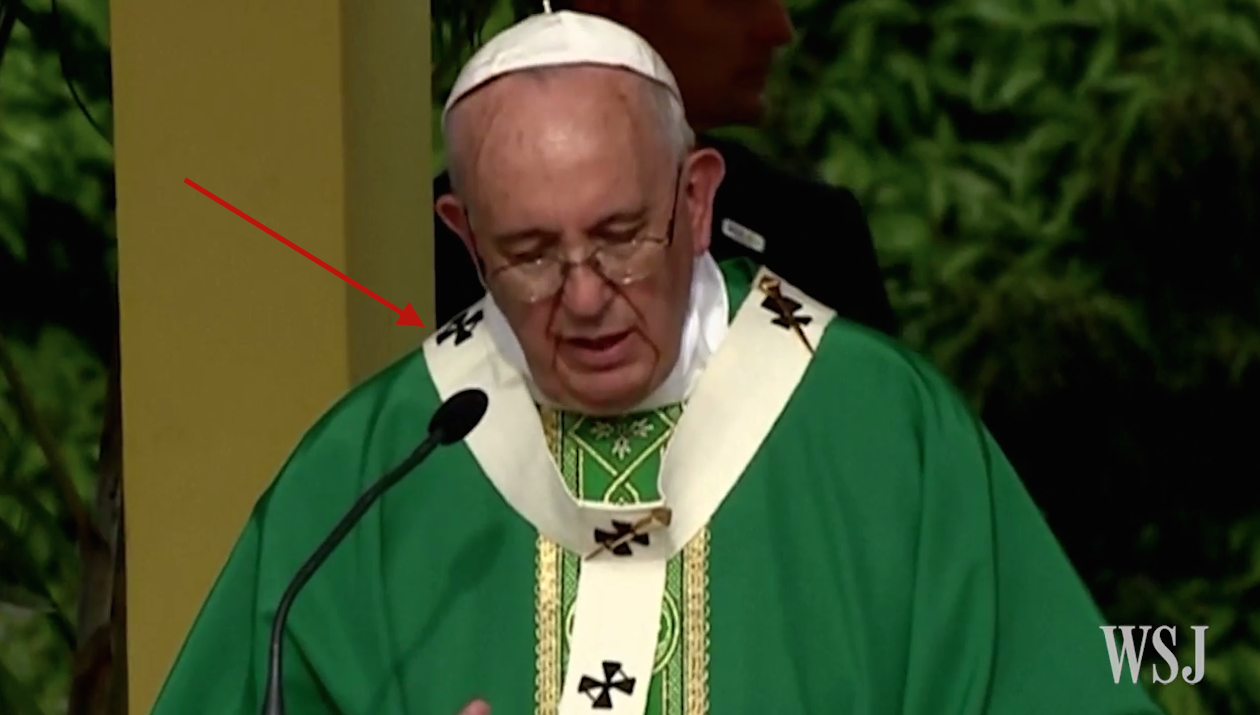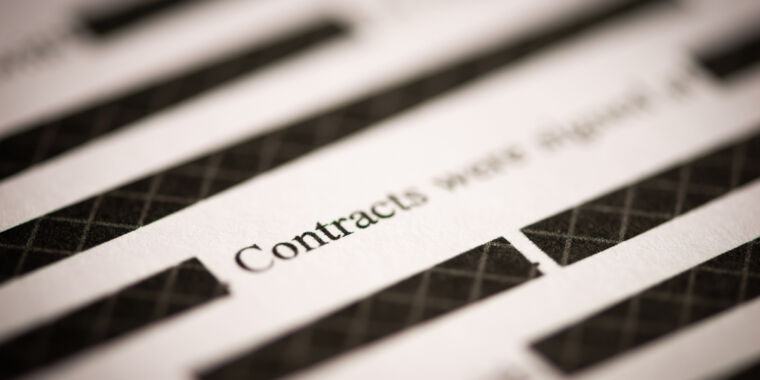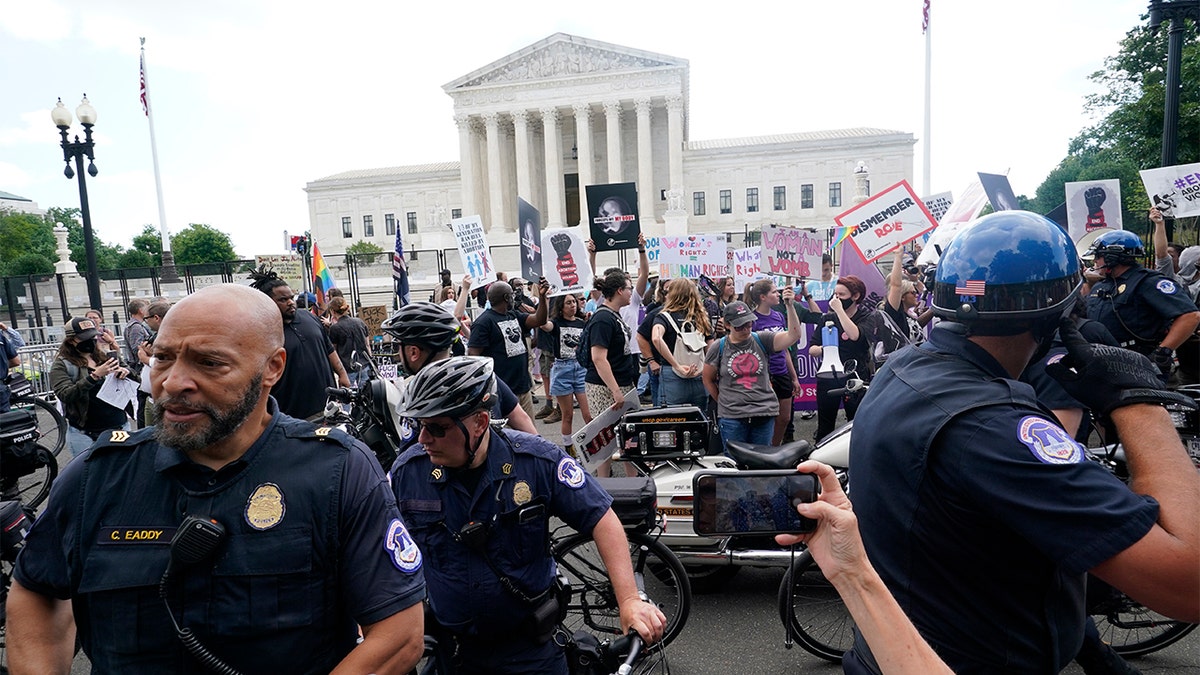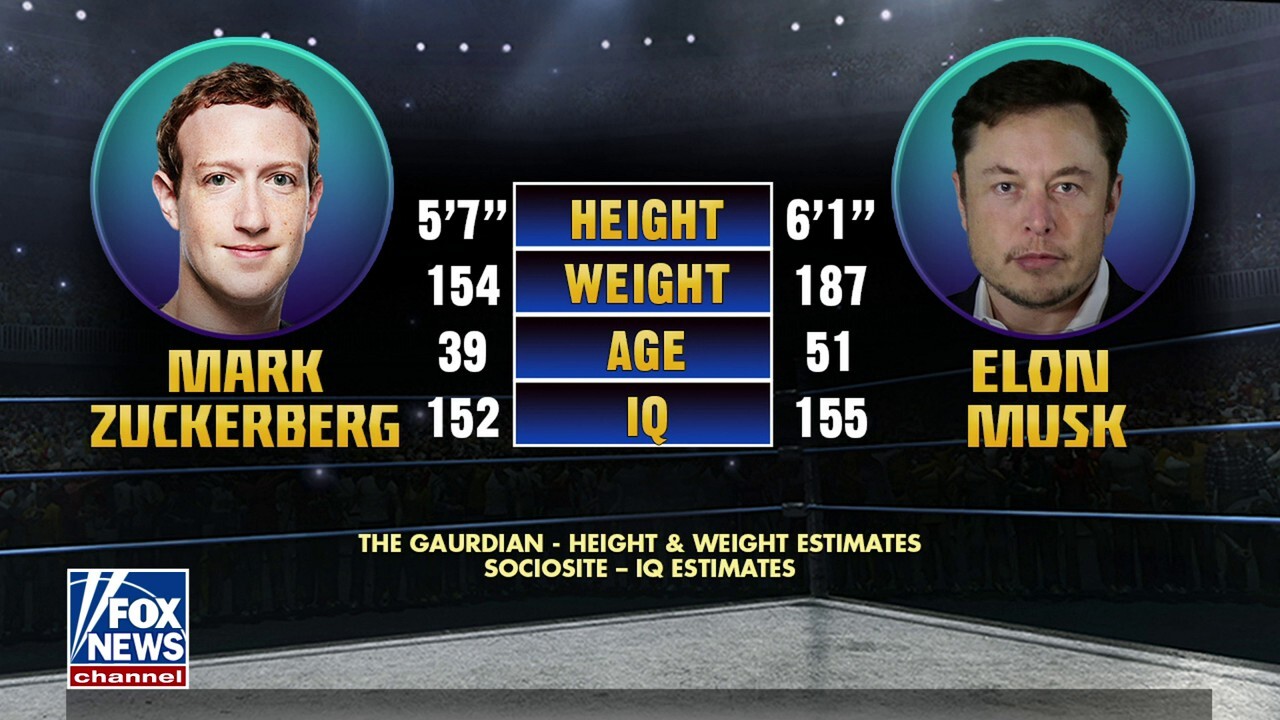Papal Conclaves Explained: The Process Of Choosing A New Pope

Table of Contents
The Death or Resignation of a Pope
The process of selecting a new Pope begins with the death or resignation of the incumbent. The death of a Pope, known as the obiit Papae, triggers a precise set of procedures. Similarly, a papal resignation, a relatively modern development, follows a formally defined protocol. The key figure during the sede vacante (vacancy) is the Camerlengo (Chamberlain), who assumes responsibility for the temporal affairs of the Holy See.
- Confirmation of death/resignation: Official confirmation is crucial, followed by a period of mourning and preparation.
- Securing the Papal Apartments: The Apostolic Palace undergoes a thorough security sweep, ensuring the integrity of papal documents and belongings.
- Preparation for the Conclave: This includes summoning the Cardinals, arranging lodgings, and preparing the Sistine Chapel for the election process. The Camerlengo's role is vital in overseeing these preparations for the Papal Conclave.
The Calling of the Conclave
Once the vacancy is formally announced, the process of summoning the College of Cardinals begins. The College, comprised of Cardinals appointed by previous Popes, holds the sole responsibility for electing the next successor. Not all Cardinals are eligible to participate; only those under the age of 80 at the time of the Pope's death or resignation are permitted to vote in the Papal Conclave.
- Notification of Cardinals: Each Cardinal is officially notified and summoned to Rome.
- Travel arrangements: The Vatican provides support and assistance for the Cardinals' travel.
- Eligibility criteria for voting: Strict age limits ensure a balance between experience and vigor in the electing body of the Papal Conclave.
The Pre-Conclave Procedures
Before the Conclave itself, several crucial steps take place. This includes general congregations, meetings of the Cardinals where they discuss the challenges facing the Church and informally consider potential candidates. The period of sede vacante is marked by a profound sense of anticipation and reflection. Crucially, all participating Cardinals take a solemn oath of secrecy, ensuring confidentiality throughout the election process within the Papal Conclave.
- General congregations: These meetings allow for open discussion and prayerful consideration.
- Discussions among cardinals: Informal exchanges help gauge the sentiments of the College.
- Swearing of the secrecy oath: This strict oath binds the Cardinals to absolute confidentiality.
Seclusion and the Sistine Chapel
The Conclave takes place in the Sistine Chapel, transformed into a secure and isolated environment. The Cardinals reside within the Apostolic Palace, with limited contact with the outside world. The Master of Ceremonies plays a critical role, overseeing the logistical aspects of the Conclave, ensuring the smooth operation of the Papal Conclave.
- Accommodation for Cardinals: Simple lodgings are provided, emphasizing the spiritual nature of the event.
- Communication restrictions: Contact with the outside world is strictly controlled.
- Daily routine: The Cardinals' days are structured around prayer, reflection, and the voting process.
The Voting Process
The voting process in a Papal Conclave is rigorous and traditional. Secret ballots are used, and the process continues until a candidate receives a two-thirds majority. If no candidate reaches this threshold, subsequent ballots are taken until a Pope is elected.
- Preparation of ballots: Special ballots are used to ensure secrecy and prevent manipulation.
- Voting procedure: A formal and prescribed procedure is followed in each round of voting.
- Counting of ballots: The ballots are carefully counted, with multiple verifications in place.
- Announcing the results: The result is announced through the burning of ballots, signifying the election outcome.
The Election of the New Pope
The election of a new Pope is signaled by white smoke billowing from the Sistine Chapel chimney. The announcement, "Habemus Papam!" (We have a Pope!), echoes from the balcony of St. Peter's Basilica. The newly elected Pope then accepts the papacy, chooses a name, and delivers his first address to the world. The Papal Inauguration Mass follows, formally installing him as the head of the Catholic Church.
- The white smoke signal: A highly anticipated visual signal announcing the election.
- The announcement from the balcony: A momentous occasion witnessed by millions around the globe.
- The new Pope's first address: This address sets the tone for his pontificate.
Conclusion
The Papal Conclave is a complex and time-honored process, a blend of tradition, ritual, and profound spiritual significance. Understanding its intricacies provides valuable insight into the continuity and leadership of the Catholic Church. The secrecy, the solemnity, and the weight of tradition surrounding Papal Conclaves highlight their importance in selecting the spiritual leader for billions of Catholics worldwide. To further deepen your understanding of this fascinating process, explore the rich history and evolving procedures of Papal Conclaves through historical accounts and official Vatican resources. Learn more about the intricacies of Papal Conclaves and their crucial role in shaping the future of the Catholic Church.

Featured Posts
-
 Google Faces Doj In Court Fight Over Search Monopoly Continues
Apr 22, 2025
Google Faces Doj In Court Fight Over Search Monopoly Continues
Apr 22, 2025 -
 Saudi Aramco And Byd Team Up To Develop Electric Vehicle Technology
Apr 22, 2025
Saudi Aramco And Byd Team Up To Develop Electric Vehicle Technology
Apr 22, 2025 -
 Over The Counter Birth Control Implications For Reproductive Healthcare After Roe V Wade
Apr 22, 2025
Over The Counter Birth Control Implications For Reproductive Healthcare After Roe V Wade
Apr 22, 2025 -
 Chinas Automotive Landscape Challenges And Responses From Bmw Porsche And Beyond
Apr 22, 2025
Chinas Automotive Landscape Challenges And Responses From Bmw Porsche And Beyond
Apr 22, 2025 -
 Metas Future Under The Trump Administration Zuckerbergs Challenges
Apr 22, 2025
Metas Future Under The Trump Administration Zuckerbergs Challenges
Apr 22, 2025
